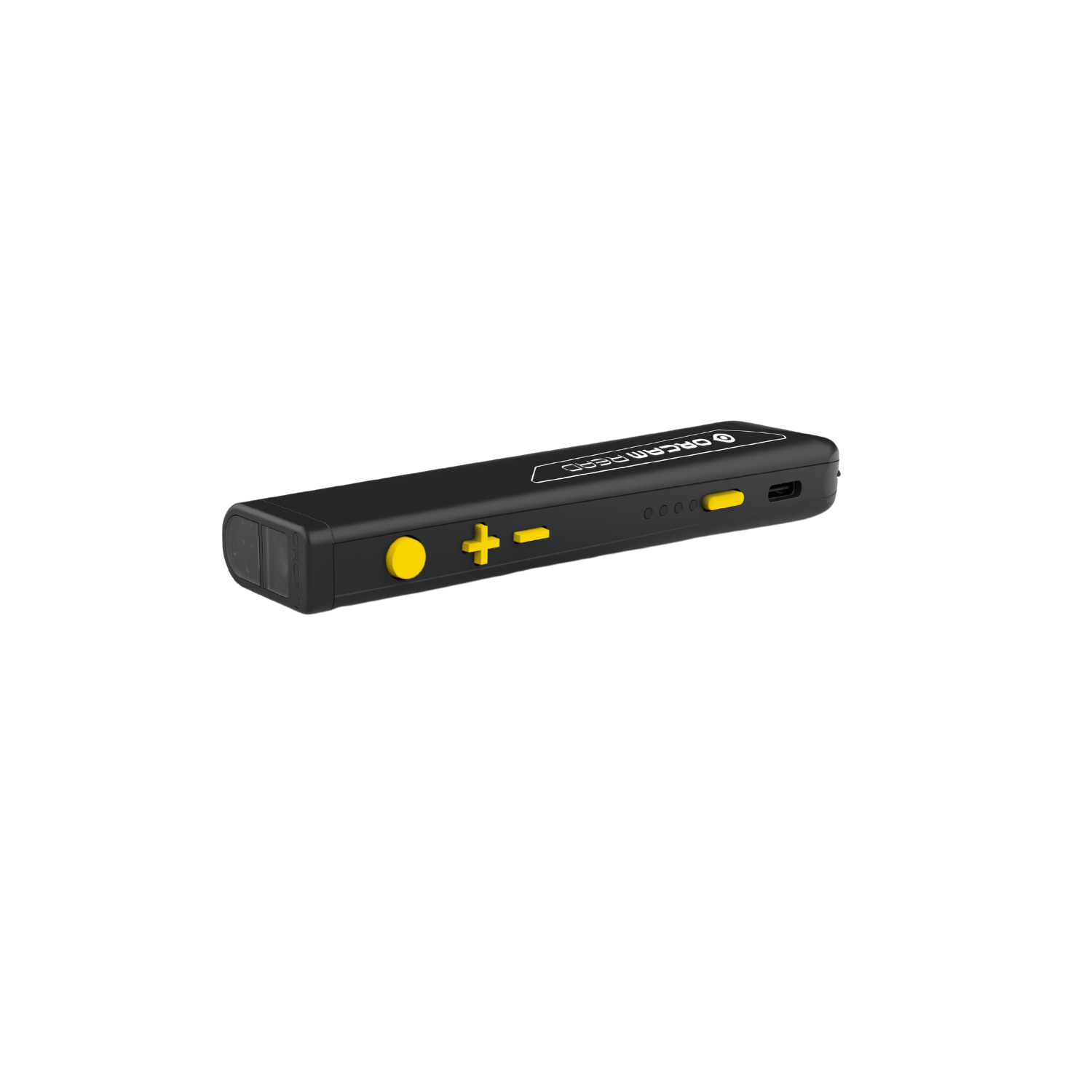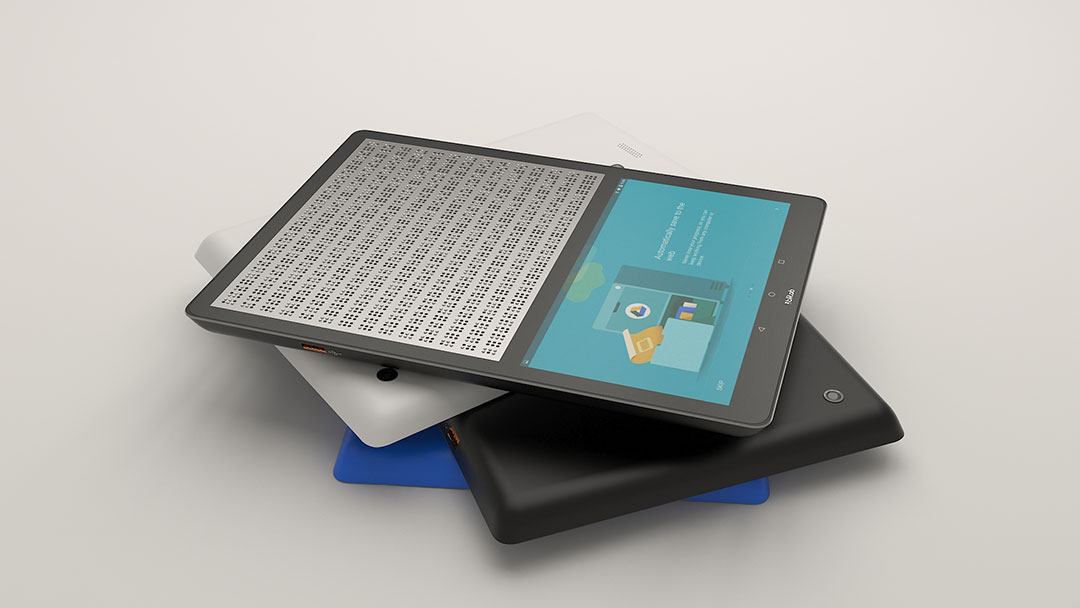Explore High-Tech Glasses for the Visually Impaired and Their Benefits
Explore High-Tech Glasses for the Visually Impaired and Their Benefits
Blog Article
Discover Cutting-edge Tools Created for the Aesthetically Impaired
The development of innovative tools for the visually damaged stands for a substantial advancement in availability and freedom. Technologies such as smart glasses with AI capabilities and mobile applications designed to supply auditory summaries are improving daily experiences for users.
Smart Glasses for Navigating

Smart glasses made for navigating are transforming the method visually damaged people engage with their atmosphere. These sophisticated devices make use of a combination of cam technology, synthetic intelligence, and acoustic responses to supply real-time info about environments. By utilizing barrier discovery systems, smart glasses can alert individuals to potential hazards, making it possible for more secure movement in both unfamiliar and acquainted settings.
The integration of GPS technology better improves navigating abilities, allowing customers to get auditory directions as they relocate. This hands-free method not just fosters independence yet likewise encourages visually damaged people to navigate urban landscapes with boosted confidence. Furthermore, several smart glasses are outfitted with functions that recognize landmarks and road indicators, offering contextual details that enhances the individual experience.
Moreover, the advancement of these tools is consistently advancing, with firms working to enhance the precision of things recognition and broaden the array of navigational functions. As smart glasses end up being extra accessible and cost effective, they hold the potential to substantially change day-to-day live for aesthetically impaired users. Eventually, these innovative tools represent a vital action towards inclusivity, offering boosted flexibility and a greater sense of autonomy for people browsing the globe around them.

Mobile Application for Daily Living
Exactly how can mobile applications improve the every day lives of visually impaired individuals? Mobile applications are transforming the means aesthetically damaged individuals browse their environments, handle day-to-day tasks, and gain access to info. These applications offer important support via numerous performances, cultivating independence and improving lifestyle.
Numerous innovative mobile apps are created especially for day-to-day living. For instance, apps like Be My Eyes attach aesthetically damaged users with sighted volunteers through video phone calls, permitting them to obtain real-time assistance with tasks such as reading labels or navigating unknown areas. Seeing AI, developed by Microsoft, uses synthetic intelligence to describe surroundings, checked out text, and identify items, efficiently transforming a mobile phone into a powerful device for daily help.
Furthermore, navigation apps customized for the aesthetically impaired, such as Aira and BlindSquare, offer audio-based instructions and ecological info, allowing users to traverse their environments securely and confidently. Beyond navigating and instant support, mobile apps also sustain company and task management, with attributes that aid individuals set suggestions, produce order of business, and track consultations. In recap, mobile applications act as vital resources, encouraging visually damaged individuals to lead more independent and fulfilling lives.
Wearable Technologies for Help
Empowerment with technology is significantly obvious in the world of wearable gadgets created to assist aesthetically damaged individuals. These cutting-edge tools incorporate perfectly right into daily life, boosting navigation and supplying important responses to users. rimless glasses For circumstances, smart glasses furnished with cameras can acknowledge faces and review message aloud, permitting individuals to connect more with confidence in social and professional setups.
An additional notable advancement is using haptic responses systems in wearable gadgets. These systems utilize vibrations or other tactile signals to communicate info about the customer's environment, such as barriers or changes in surface, improving movement and security. Wearable technologies additionally include wristbands that attach to smartphones, signaling users to notices via subtle vibrations, thus improving connection without reliance on visual hints.
As these modern technologies remain to advance, they are not just boosting self-reliance for visually impaired people however also fostering a higher sense of addition in culture. By bridging the gap between obstacles faced in day-to-day living and the possibility for freedom, wearable modern technologies work as essential devices in the pursuit for equality and empowerment for those with visual problems.
Audio Summary Tools
Audio description tools play a crucial duty in boosting availability for visually damaged people, giving them with the capability to involve with aesthetic media. Screen readers for the blind. These devices offer narrated summaries of essential visual components in movies, tv programs, and live efficiencies, ensuring that users can completely comprehend the context and feelings shared via visuals
Sound summary can be integrated into various systems, including streaming solutions, cinema testings, and live movie theater. Lots of prominent streaming solutions now include audio summary as an availability function, permitting viewers to pick it easily. Along with mainstream media, specialized applications also exist, providing audio summaries for art events, museums, and various other social events.
The performance of audio summary depends upon the ability of the narrators, who need to communicate aesthetic details succinctly without interfering with the initial audio. Technologies in this field are additionally paving the way for even more personalized experiences, where customers can YOURURL.com readjust the degree of information and pacing according to their preferences.
Braille Innovations and Tools
Braille technologies and gadgets have significantly transformed the way visually impaired people communicate with message and details. Modern innovations have led to the development of functional tools that boost proficiency and freedom amongst individuals.
Additionally, portable Braille notetakers combine standard Braille input with contemporary capabilities, helping with note-taking, scheduling, and record editing and enhancing on the go. Assistive technology for the blind. These small gadgets frequently include text-to-speech abilities, bridging the void in between Braille and acoustic info
Additionally, innovative Braille printers have emerged, allowing users to generate Braille labels, documents, and educational materials efficiently. This availability cultivates higher engagement in instructional and specialist atmospheres, inevitably advertising inclusivity.
In addition, research right into smart Braille innovations remains to expand. Instruments that include fabricated intelligence are being discovered to provide real-time navigating support and contextual details, enhancing the individual experience in varied settings. Overall, these advancements reflect a commitment to empowering visually damaged people through technology, guaranteeing they can easily accessibility and engage with the globe around them.

Conclusion
The development of innovative tools for the visually damaged dramatically boosts self-reliance and high quality of life. Smart glasses, mobile applications, wearable innovations, audio description tools, and Braille technologies jointly equip individuals by providing essential best site navigating aid, ecological understanding, and enhanced reading experiences. These modern technologies not just foster higher inclusion but additionally promote autonomy in day-to-day tasks, ultimately adding to an extra fair and easily accessible society for visually damaged individuals. Proceeded advancement in this field holds assurance for additional enhancements.
As clever glasses become a lot more affordable and available, they hold the possible to considerably change day-to-day life for visually impaired individuals. Mobile applications are transforming the method aesthetically impaired users browse their settings, manage everyday jobs, and accessibility information. Apps like Be My Eyes link aesthetically impaired users with sighted volunteers by means of video clip telephone calls, allowing them to get real-time support with jobs such as reviewing tags or navigating unknown spaces.Additionally, navigating apps customized for the aesthetically impaired, such as Aira and BlindSquare, use audio-based instructions and environmental information, enabling customers to traverse their surroundings securely and with confidence.The advancement of ingenious tools for the aesthetically damaged dramatically enhances independence and quality of life.
Report this page